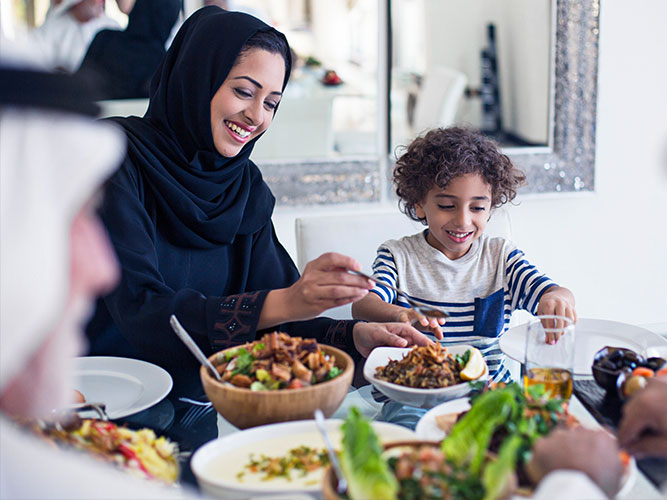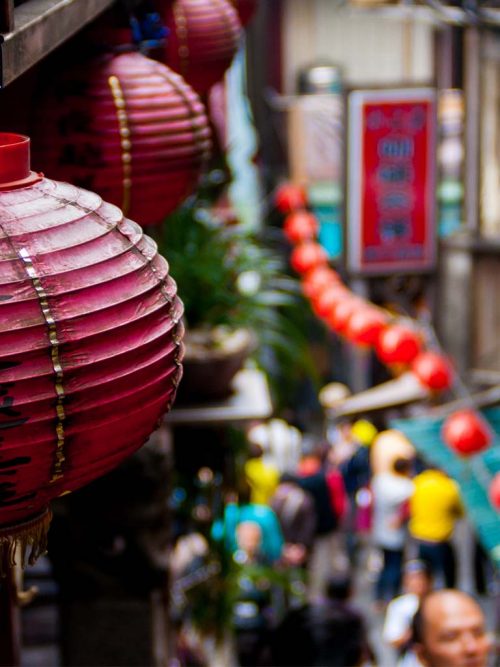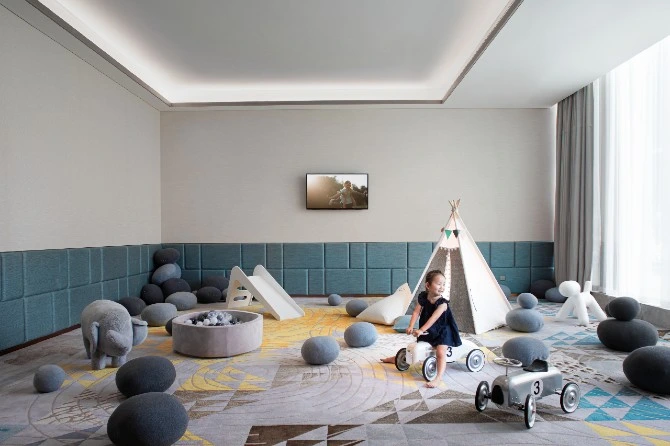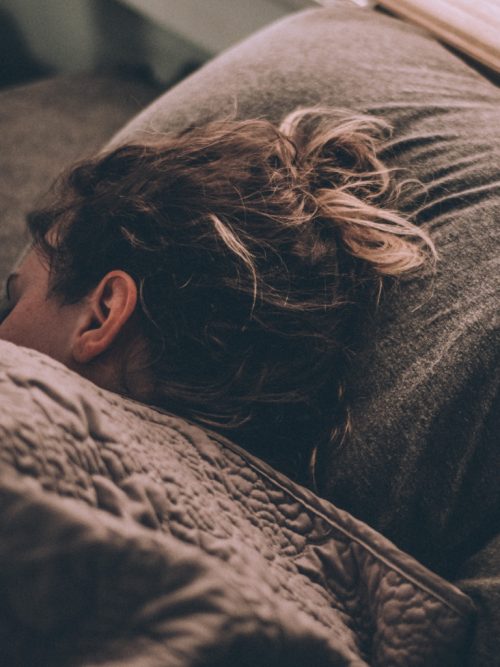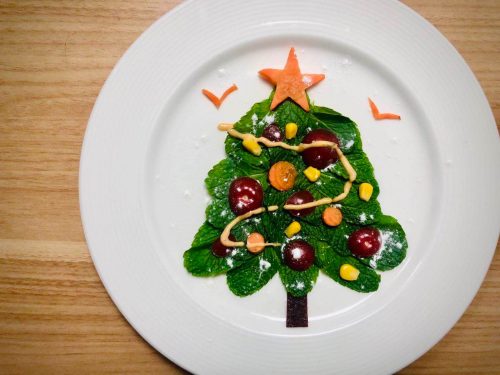How the Pandemic Has Made Travel Cleaner
29 June 2022
Saying that Covid-19 has dramatically altered how we travel would be an understatement. Whether you’ve booked a romantic jaunt to Paris, are bound for the sun-soaked shores of Brisbane in the summer or are hopping on a flight to discover Seoul’s historic charms, you’ll have to navigate a diverse string of pandemic-era regulations and requirements.
But there’s a silver lining to all of this: Covid-19 has spurred the introduction of new systems and nifty processes that make the travelling experience much more hygienic than before. And it’s not just airports and airlines implementing these sanitation measures – hotels, tourist attractions and shopping malls are getting in on the action too, which will no doubt help assuage travellers’ worries about cleanliness and safety.
Indeed, according to a recent Fraser World Survey 2022 – which garnered responses from over 1,500 Fraser World members – the pandemic and its associated risks and restrictions was cited as a frequent concern among travellers planning to take a trip this year. Safety and security also cropped up as an important deciding factor when it came to picking an accommodation option.
Read on to discover some of the top cleaning and hygiene-related trends that have emerged since the onset of the pandemic – and we reckon they are here to stay.
Cash is no longer king
Gone are the days when travelling internationally required a pre-departure visit to the money changer. Although cashless payments have been the norm in some countries such as China and Sweden for years, the pandemic has accelerated the proliferation of such technology to other societies, and essentially catalysed its widespread uptake across the world.
Many global businesses have pivoted to prioritising cashless transactions since Covid-19 began, partly due to hygiene reasons. A survey by Mastercard revealed that customers also prefer contactless payments, with 82% of worldwide respondents viewing these options as a cleaner way to pay for their purchases

A handful of big food chains including Starbucks and Burger King even have certain outlets that don’t take cash payments at all, while numerous local establishments encourage customers to pay via contactless methods. To avoid incurring hefty charges, use a debit or credit card that waives all fees on overseas transactions.
Alternatively, you can consider setting up a digital multi-currency travel wallet with Wise, Revolut or YouTrip. Such companies can offer lower transaction fees, free ATM withdrawals while abroad and the ability to hold and exchange multiple currencies.
Say hello to no-touch technology
To stem the spread of Covid-19, many places have implemented no-touch technology to minimise contact between individuals, as well as the need for people to interact with various surfaces. These features are now a ubiquitous aspect of travelling.

As an example, many hotels, hotel residences and serviced apartments – Capri by Fraser, Brisbane / Australia recently rolled out digital kiosks in the lobby area (above) – harness self-service kiosks to facilitate a seamless, contactless check-in process for guests. Smart technology is also being increasingly leveraged to allow guests to do everything from adjusting the lighting intensity to switching TV channels via their smartphone.
As far as dining out, restaurants have largely replaced physical menus with QR codes, with a clutch of them offering the option to submit an order via your smartphone rather than with a waiter.
Frequent disinfecting is the new normal
Of course, there are situations in which physical contact is inevitable. To keep travellers safe in these settings, establishments have drastically stepped up their cleaning measures – with a little help from technology.

For instance, as part of the Frasers Cares programme, Frasers Hospitality uses a sustainable, chemical-free and child-friendly cleaning agent to remove up to 99.999% of bacteria and viruses without resorting to traditional toxic chemicals. All guest rooms across the brand’s properties are disinfected before check-in and after check-out; high-touch and high-traffic areas are cleaned regularly; and public spaces are equipped with hand-sanitising stations.
Many retail complexes also deploy UV-disinfecting robots, which emit powerful UV-C rays that eradicate viruses. This complements other efforts, including the application of an antimicrobial coating to high-touch surfaces such as lift buttons and door handles.
Airports and airlines are not taking chances
Special mention needs to be made for airports and airlines, which had to rapidly implement new protocols to make travellers feel safe about flying during a global pandemic.
How did they do this? For starters, by summoning the robots. Singapore Changi Airport deploys autonomous robots fitted out with HEPA filters and disinfecting misting machines, while London’s Heathrow Airport draws on robots that emit UV-C rays to stop viruses in their tracks. And at Hong Kong International Airport, robots with the ability to sterilise bacteria in the surrounding air and on object surfaces are used round-the-clock.
This boosts other widespread hygiene measures adopted by airports, including enhanced cleaning protocols, contactless check-in kiosks and security trays coated with a long-lasting antimicrobial treatment.
Airlines are also doing their part to ensure a safer on-board environment, even as many look to do away with face masks. Frequently cleaning aircraft with high-powered disinfecting agents, sterilising cutlery and installing advanced HEPA air filters in the cabins are now standard practices throughout the industry. The likes of Singapore Airlines, Emirates and Qantas also furnish passengers with hygiene kits that include antibacterial wipes.
These moves seem to be working. According to a survey by TripIt, optimism surrounding air travel is at a pandemic-era high. Of the respondents, 73% felt comfortable getting on a flight, compared to attending a wedding (59%) or going to a concert or sporting event (47%).
Keeping safe at tourist hotspots

Establishments have enacted various safe-distancing procedures to reduce potential viral transmission and provide travellers with a more hygienic experience.
For starters, most tourist attractions have scrapped the traditional ticketing booth and require that visitors obtain their paperless tickets online – which eliminates the need to stand shoulder-to-shoulder in a snaking queue. Some venues, including restaurants and bars, have smaller capacity limits, and many tourist attractions ask individuals to reserve timed entry slots. Popular restaurants have also adopted virtual queues to mitigate clustering.
Still unsure of joining the masses? You can experience the sights and sounds from the comfort of your home. Museums such as the Louvre and the British Museum have harnessed technology to offer free virtual gallery tours and exhibitions. The Asian Civilisations Museum in Singapore even has an AI-powered chatbot that functions as a tour guide when you view their online gallery.
Travellers take matters into their own hands

Many aspects of the pandemic are beyond our control. But that doesn’t mean travellers aren’t doing everything in their power to ward off the virus with an array of sanitation gadgets.
This includes toting around a trusty bottle of their favourite hand sanitiser – be it one that contains fragrant essential oils such as chamomile, lavender and lemongrass, or includes a boost of hyaluronic acid to keep their skin moisturised.
To kick things up a notch, some travellers don’t leave home without a portable air purifier tricked out with a HEPA filter – which studies have shown may remove airborne Covid-19 particles from the atmosphere – or a lightweight, handheld sterilising wand that uses UV-C rays to eliminate viruses, bacteria and germs without the need for harsh chemicals.
Travel looks set to return with a vengeance this year and with multiple measures in place to keep travellers safe, you can definitely return to the world with peace of mind.

Not a Fraser World Member? Sign up today for free membership and enter a world of privileges
- Complimentary Stays
- Up to 20% off Best Flexible Rate
- Room Upgrade
- Early Check-in
- Exclusive Rewards
- Welcome Voucher






















